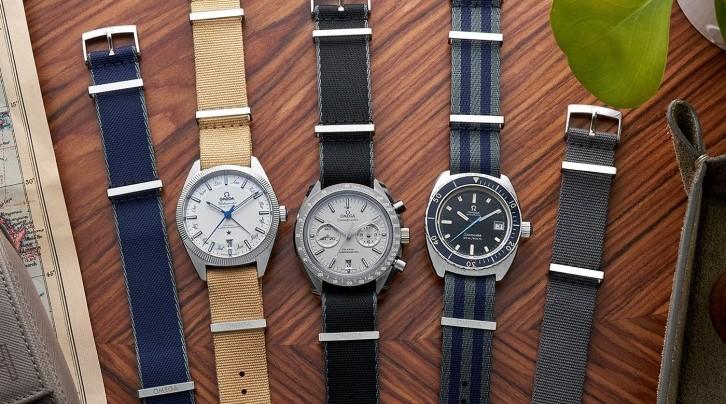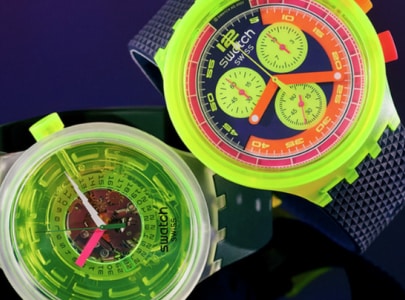Whether it’s made of leather, rubber or even stainless steel, your watch strap can get worn out, dirty and sometimes damaged. Different watch straps wear at different rates depending on the material, but all are subjected to scuffs and scrapes against table corners, computer keyboards and even from doing the dishes or raking leaves.
Perspiration, which varies in acidity and temperature depending on the individual, can also have an effect. Leather should be avoided, for example, in tropical countries, where it will wear far too quickly. Stains and scratches may also appear on your watch strap over time. One good tip is to avoid wearing a leather strap every day to allow the moisture to evaporate.
If your strap is made from a valuable material (crocodile or shagreen) that has a matte finish or is particularly delicate, the only way to clean it is by wiping with a damp cloth before leaving it to dry. If the strap is made from smooth leather, you can do the same with a little Marseille soap before quickly wiping it off with a well-wrung sponge. Wiping the strap over with a small drop of cleansing cream on a cotton pad or handkerchief afterwards will help maintain the leather.
If oily stains appear on your watch strap, the best thing to do is sprinkle a little terre de Sommières (powdered clay) onto the leather and let it sit for a few hours before rubbing it off with a dry cloth.
If your strap is very dirty, a splash of white vinegar will help to make it look its best again. Wipe the vinegar off with a damp sponge before leaving it to dry (but not on a radiator!). Finish off by polishing the strap with a touch of colourless polish applied with a woollen cloth.
The same goes if your strap starts to smell bad or is starting to look dull.
Looking after a metal or rubber strap is comparatively much simpler: often a quick, gentle brush (with a moist toothbrush, for example) and a little Marseille soap will do the trick. Finish off by drying the strap with a soft, dry cloth.
If you have a strap made from these materials, it can often be tempting to change a link or the entire strap yourself. It’s fast and you don’t even have to leave the house. But we wouldn’t recommend it. With many brands, your guarantee becomes invalid if you make these changes yourself. What’s more, you run the risk of altering certain components or forcing a link or lug and breaking your watch.
Your watchmaker is the best person to help you with this – don’t hesitate to ask them for their expert advice. Most importantly, make sure you keep the tools, additional links and instructions supplied in the box with your watch and make sure you take them along with you whenever you go to your watchmaker.
Each brand has its own tools and often its own locking and screwing systems. The secret to maximising the lifespan of your watch is to alternate (either between watches or by changing the strap), taking care to store your straps away from humidity and light when you’re not using them.
We recommend wearing a leather strap in winter when it’s cooler and you don’t sweat as much, and a metallic strap (gold or silver) in summer if you’re likely to go swimming or travel.
Over the last few years, the resurgence of practical and colourful nylon NATO straps on certain models has made it possible to adjust your strap to suit you without damaging more valuable straps (some can cost several hundred euros).
In short, we recommend changing your watch strap regularly.




